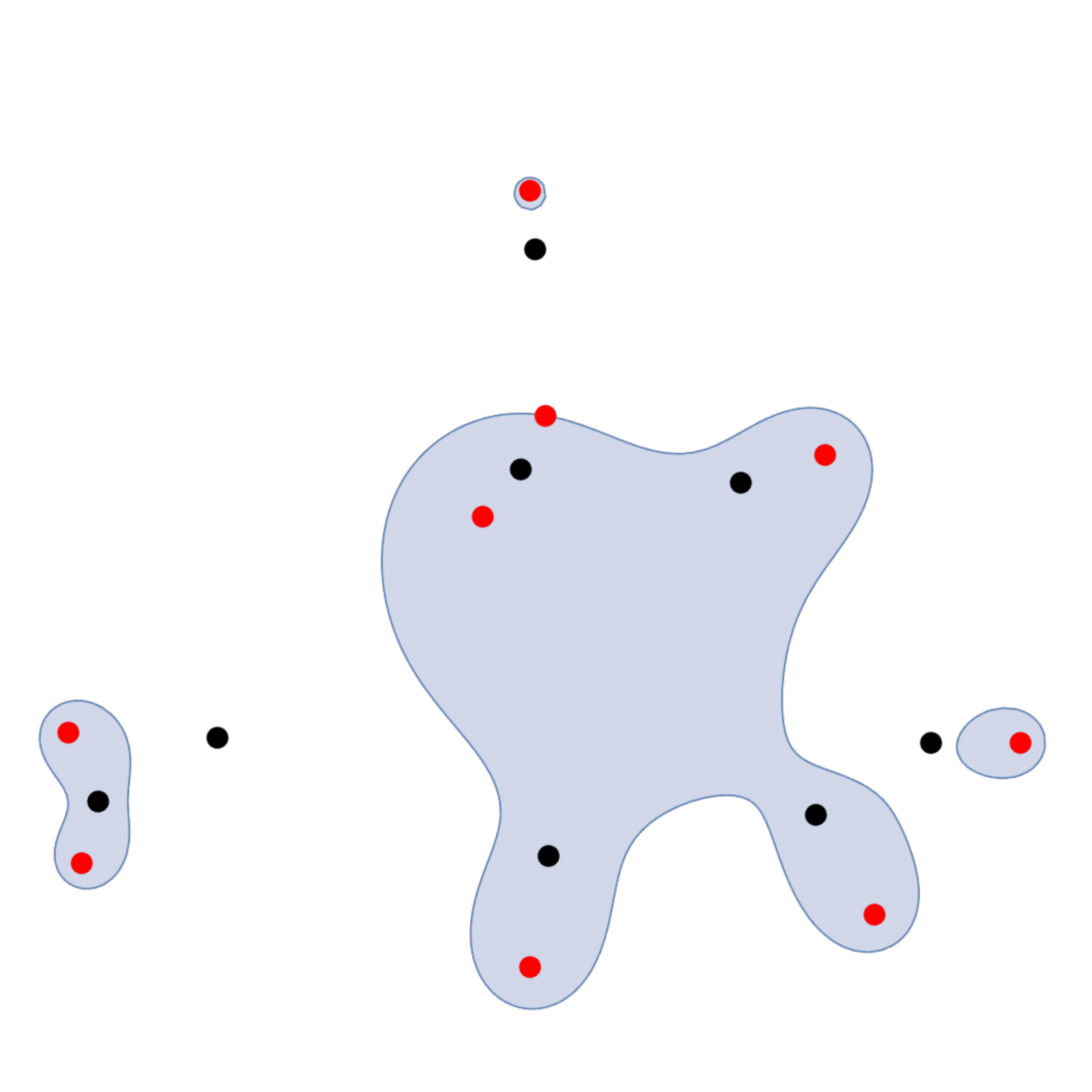I was playing around with Smale's Mean Value Conjecture and found a curious formulation of it which would be stronger (and which may simply be false). It seems to hold for `generic' random polynomials but of course this may mean very little. I'd be interested in whether there is a chance it might be true or whether there are counterexamples (it isn't really clear to me how to try to construct one).
Smale's Mean Value Conjecture. Smale proved in 1981 that if $f:\mathbb{C} \rightarrow \mathbb{C}$ is a polynomial with $f(0) = 0$ and $|f'(0)| = 1$, then there exists a critical point of the polynomial ($z \in \mathbb{C}$ such that $f'(z) = 0$) satisfying $$ |f(z)| \leq 4 |z|.$$ One question is whether 4 can be replaced by 1 (which would be best possible if one is interested in universal constants that do not depend on the degree). The best bound depending on the degree is conjectured to be $(d-1)/d$.
I was looking at some examples and noticed a curious pattern which seems to hold at least for polynomials with randomly generated roots with very high probability (meaning I did not find a counterexample but maybe random polynomials are the wrong place to look).
A Stronger Conjecture? Let $g:\mathbb{C} \rightarrow \mathbb{C}$ be a polynomial with $|g(0)|=1$. Consider the subset $$ A = \left\{z \in \mathbb{C}: |g(z)| < 1 \right\} \subset \mathbb{C}$$ and let $B$ denote the connected component of $A$ whose closure contains the point 0. Is it true that the number of critical points of $z g(z)$ in $B$ is exactly the same as the number of roots of $z g(z)$ in $B$? Or, a weaker formulation, that $B$ contains at least one critical point?
Note that $\log |g(z)|$ is analytic and constant on the boundary, therefore $B$ is simply connected and $B$ contains at least one root of $g(z)$. If this statement were true, it would therefore imply Smale's conjecture. It would also be a bit finer since Smale's conjecture is a priori a statement about the set $A$ containing a critical point (and $B \subset A$).
The subsequent picture gives an example: the red dots are the roots of $z g(z)$, the black dots represent critical points of $z g(z)$. The set $A$ is shown in blue, the set $B$ is the big blue set in the middle. There is one root of $z g(z)$ on the boundary of $B$ (that is the origin). The set then contains 4 roots and 4 critical points.
This seems to be true at least for polynomials with randomly chosen roots. A more complicated example is shown below. What is nice about the formulation is that it seems somewhat more tractable: the function $g$ maps the set $B$ to the unit disk and the boundary to the boundary. So the question is really whether $g(z)$ and $g(z) + z g'(z)$ have the same number of roots. I like this formulation because it is much closer to the usual Rouche-type questions and seems a little bit easier to approach (if it were true).







